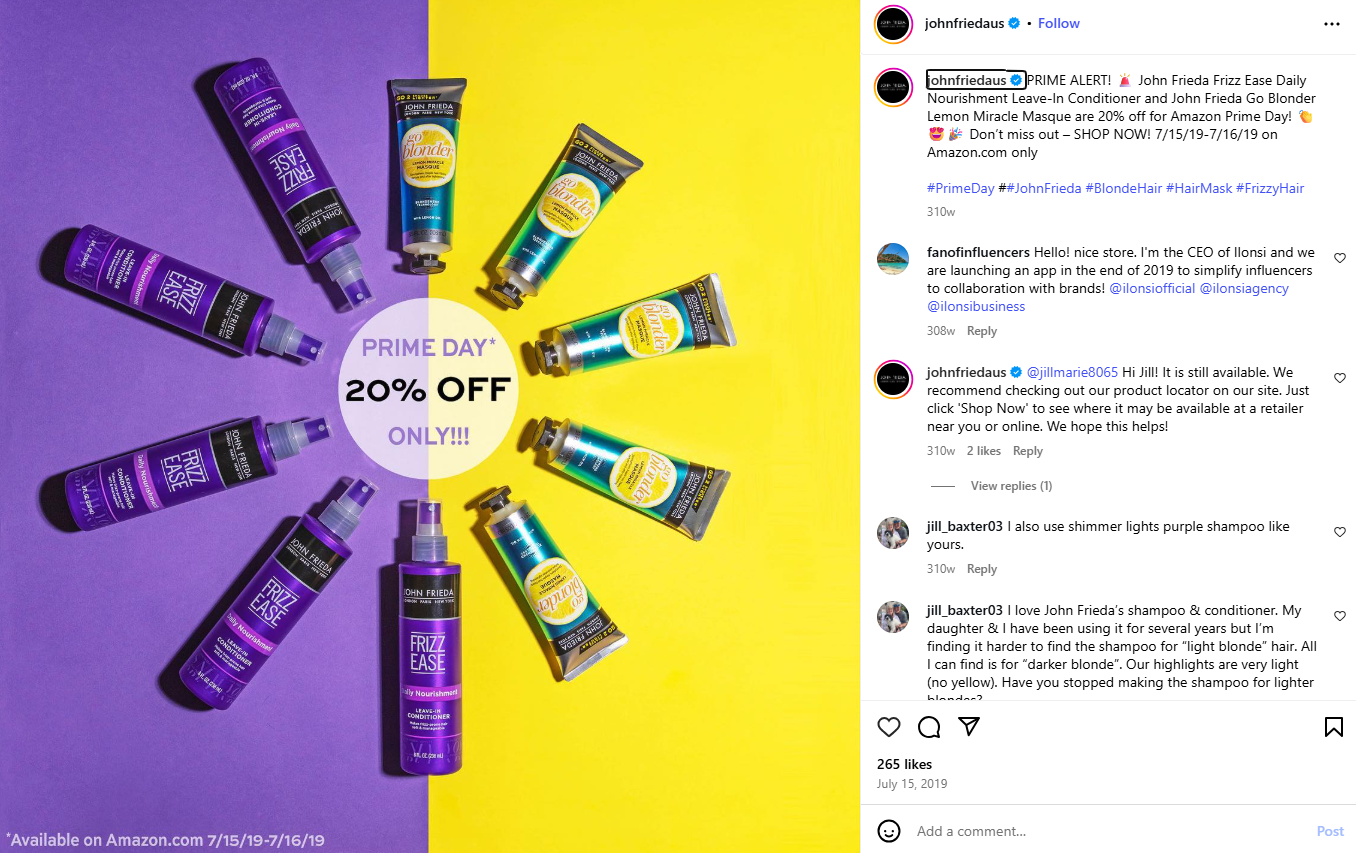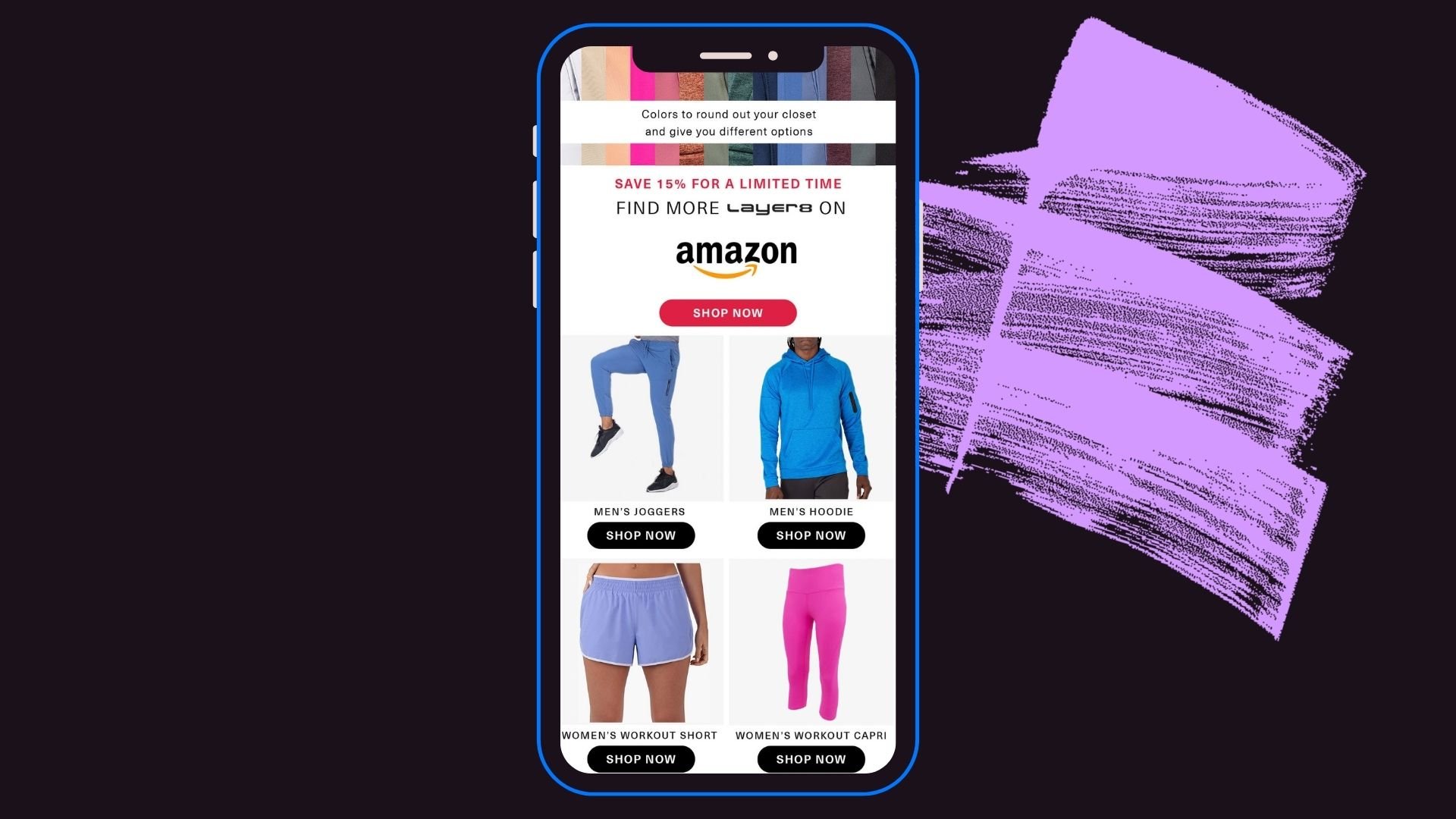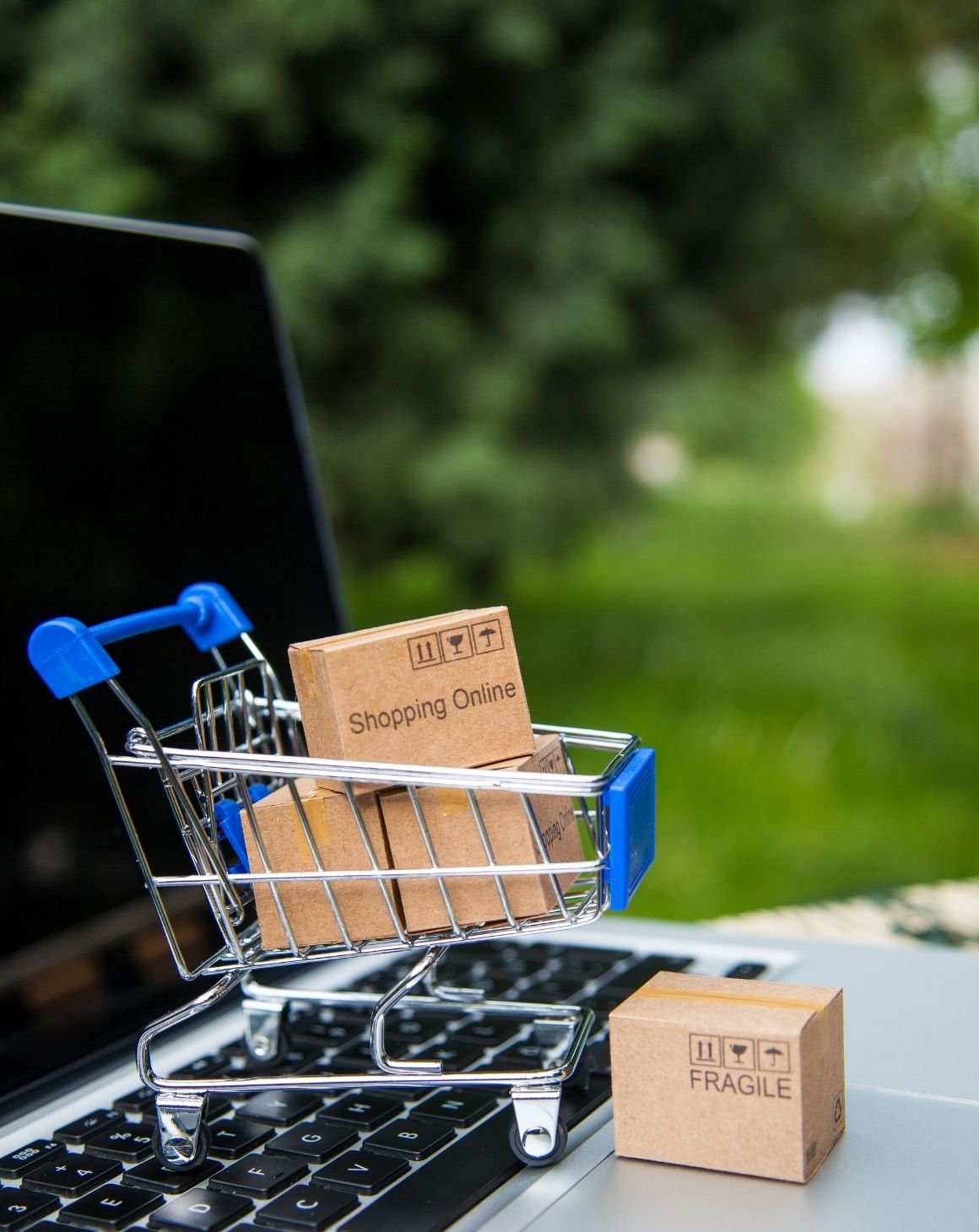While the countdown to Amazon Prime Day 2025 is on, it’s time to focus and deliver.
With traffic and purchase intent surging both in the days leading up to and during Prime Day, brands have a critical window to get in front of high-intent shoppers and outsmart the competition. Being present on Amazon isn’t enough for success. You need to be seen.
That’s where off-Amazon advertising and marketing tactics for Prime Day come into play.
We share expert advice and actionable insights from Jake Smith, Blue Wheel’s Enterprise Account Manager, to help brands maximize their performance before Prime Day and throughout the event. From driving external traffic to amplifying visibility across the funnel, here’s how to finish strong and make the most of this high-stakes sales period.

Why Off-Amazon Advertising for Prime Day Matters for eCommerce Brands
Prime Day is becoming more competitive each year in regard to advertising costs and the saturation of ad placements within Amazons Ads.
We've seen brands that leverage quality external traffic experience a significant increase in their total traffic. Brands that leverage off Amazon tools can lower traffic costs on a platform where brands aim to get in front of customers and beat growing competition.
As always, eCommerce brands are looking for ways to cost effectively increase their brand awareness and boost their incremental revenue for Prime Day. Amazon is a reactionary platform. It opens up to brands expanding their presence and lowering their acquisition costs with an influx of external traffic.
Therefore, brands should activate off-Amazon platforms before and during Prime Day to increase external traffic and see maximum incremental sales.
Blue Wheel Expert POV: How to Support Prime Day with External Channels
During the two weeks leading to Prime Day, the main goal is to drive as much brand awareness and search as possible to increase retargeting pools that can be leveraged during the event.
Leading Up to Prime Day
We've put together some great external channels and off-Amazon advertising and marketing tactics your brand can employ before the event:
Organic Social
- Feed posts: Posts on the feed receive 10 times the impressions compared to stories, making them essential for significant brand moments like Prime Day. 5-7 days before Prime Day, post upcoming sale details on the feed to build awareness for the offer.
- Story posts: Stories are seen less than feed posts, but they allow users to click to shop right from the graphic itself. In contrast, with posts, they have to go to the link in bio or go to Amazon and search manually. The day before Prime Day, post on stories to announce your offers with “Get your carts ready” messaging type.

Influencer Marketing
- What influencers post: Inclusion of your products in “My top Prime Day picks.” Posts feature a creator's favorite things that do not compete with each other in the category.
- Influencers vs. affiliates: Having influencers gives you greater control over their messaging, timing, and delivery. Inform affiliates about the upcoming Prime Day offer, hoping they will ultimately post.
- And remember: Influencer activations take time, meaning your outreach strategy should begin at least two months before Prime Day.
Paid Search and Paid Social
- Awareness campaigns: Build anticipation and increase video views to prime the audience for purchase. Do this 7–10 days (minimum, budget depending) leading up to Prime Day.
- Run short-form video ads with teasing language.
- Highlight product benefits without calling out pricing or exact promotion.
- Use high-energy and thumb-stopping creative optimized for native platform styles.
Lifecycle Marketing
- List building and on-site capture optimization: Run Prime Day-specific popups, quizzes, or gated offers to grow your list pre-event. Use messaging like “Be the first to shop our exclusive Prime Day drop” on your DTC site.
- Prime Day warm-up campaign: Tease early access to offers (even if you’re not discounting heavily). Segment by behavior: loyalists, VIPs, and recent engagers get more personalized previews.
- Create ‘Prime-ready’ segments: Tag high-intent users from email clicks, browse behavior, and cart activity to use post-event.
Discover how Blue Wheel helped Sol de Janeiro achieve a +2394% increase in Prime Day ad sales year-over-year.
Now that you understand off-Amazon advertising and marketing tactics to implement beforehand, let’s move on to what you can do during the event to maximize your impact.
During Prime Week
For Prime Day Week, your main goal is to drive conversions and brand search on Amazon. Here are the main channels and strategies to achieve this objective:
Organic Social
- Feed posts: Post again on feed at the start of Prime Day, and change the link in your bio to your Amazon page. Post on the last day of Prime Day to get any last-minute shoppers.
- Story posts: On Prime Day, post a story with offers and information, linking it to your Amazon Brand Store. Post every day of Prime Day to keep the offers top-of-mind for customers, always linking to your Amazon page.

Influencer Marketing
- What influencers post: A great example would be “My favorite product is on sale for Prime Day.” Demonstrate benefits, how to use, and more, with mentions of the Prime Day offer, and that customers can buy it now.
Paid Search and Paid Social
- Drive qualified traffic: Make sure to drive traffic to Amazon product listings during the sale via audiences and ad types that showed high engagement rates in the lead-in.
- And remember: Include customer testimonials, UGC-style content, and star ratings in creative when possible.
Lifecycle Marketing
- Deploy high-intent email & SMS offers: Target engaged users with clear messages like “Shop and save during Prime Week” or “Still available—limited quantities left.”
- Use urgency in offers: Flash window offers (e.g., “2 hours left for Prime Day perks”) to increase urgency.
- Prime Day differentiators: Highlight fast shipping, exclusive bundles, or better deals via Amazon.

In conclusion, focus on implementing what is feasible for your brand. If you can’t activate for Prime Day, you can take advantage of upcoming opportunities such as Prime Big Deals Day in October and Cyber Week in November.
Prime Day Trends and Impact on eCommerce
The impact of Prime Day on eCommerce is significant. In 2024, Amazon Prime Day generated $14.2 billion in sales, marking an 11% increase from the previous year and making it the largest Prime Day shopping event to date. This year, with Prime Day 2025 expected to last four days, it is crucial for brands to maintain visibility and generate sufficient awareness.
Interestingly, brand searches on Amazon can increase by up to 700% in the week leading up to Prime Day. This trend illustrates how consumers conduct research before the big shopping event, emphasizing the importance of brand awareness during this lead-in period.
To dive deeper into how external marketing and off-Amazon advertising can support your brand’s success on Amazon, we recommend reading The Profit-Driven Guide to External Marketing for Amazon Brands.








.png)
.png)
